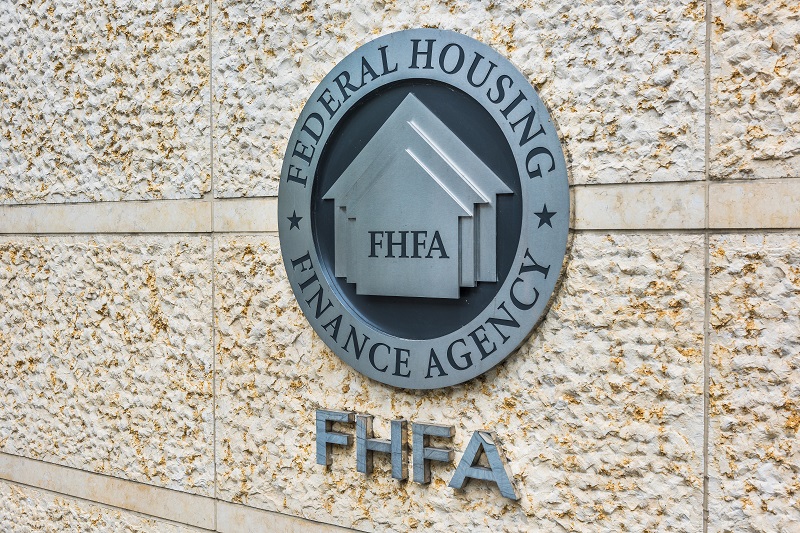The Federal Housing Finance Agency (FHFA) has updated Fannie Mae and Freddie Mac’s (the GSEs) Equitable Housing Finance Plans for 2023, building upon the inaugural plans first announced last year, and making adjustments based on initial research and findings. The Equitable Housing Finance Plans are designed to complement the initiatives outlined in FHFA’s Strategic Plan: Fiscal Years 2022-2026 that promote the Enterprises’ safety and soundness and foster housing finance markets that provide equitable access to affordable and sustainable housing.
“As we celebrate Fair Housing Month and the 55th Anniversary of the Fair Housing Act, we are reminded that every step taken towards bringing more equity into the housing finance system is a step in the right direction,” said FHFA Director Sandra L. Thompson. “In 2022, the Enterprises helped more than 834,000 households through various actions outlined in their Equitable Housing Finance Plans.”
Last year, the GSEs released plans to identify and address barriers to sustainable housing opportunities, including goals and actions to advance equity in housing finance for the next three years. Even after the landmark Fair Housing Act of 1968, the racial homeownership gap persists, with homeownership rates for households of color more than 24 percentage points lower than the rate among white households. All plan activities are subject to FHFA’s review and oversight of any risks to, or impacts on, safety and soundness.
Updates to the Enterprises’ 2022-2024 Plans include, but are not limited to:
- Inclusion of the Latino Housing Journey and actions to remove barriers experienced by Latino renters and homeowners in Fannie Mae’s plan;
- Enhanced focus on ensuring existing borrowers receive fair loss mitigation support and outcomes through monitoring and developing strategies to close any gaps;
- Provision of financial capabilities coaching to build credit and savings;
- Support for locally-owned modular construction facilities in communities of color; and
- Increases to the reach of Enterprise Special Purpose Credit Programs to support homeownership attainment and housing sustainability in underserved communities.
“Additionally, we’re focused on providing housing counseling to address various needs and challenges faced by renters, potential homebuyers, and homeowners,” said Katrina Jones, VP of Racial Equity Strategy & Impact for Fannie Mae in a recent Perspectives Blog. “After completing over 11,000 counseling sessions in 2022 specifically addressing homeownership needs, we are expanding our efforts this year to help those facing financial hardship and improving access to information for long-term housing safety and stability. We are also working alongside industry partners like HUD to bring comprehensive counseling opportunities to those in need and to test new counseling services in various parts of the country. These enhancements are part of our broader vision to knock down barriers in the housing system.”
In addition, the GSEs released performance reports that outlined their progress under their Equitable Housing Finance Plans during 2022 and actions they are taking to advance equity in their automated underwriting systems, such as the inclusion of rental payments and cash flow underwriting and the use of advanced statistical techniques to improve model fairness. FHFA also updated its Enterprise Fair Lending Data Dashboard with data through 2022 that categorizes single-family applications and loans by race and ethnicity.
According to a new report from Harvard’s Joint Center for Housing Studies, the wide homeownership rate gaps between Black, Hispanic, and white households mean that households of color are disproportionately excluded from the many potential financial and social benefits of homeownership. Senior Research Associate Daniel McCue and Managing Director Chris Hebert discussed the details of the racial disparities between households of color in their latest study, noting that a lack of savings is just one of many barriers facing Black and Hispanic households looking to buy a home. Low incomes, low credit scores, and lack of familiarity with the homebuying process were cited as barriers as well, in addition to the limited availability of affordable homes for sale across the U.S.






